Epidemiology
Most common in lateral meniscus 9:1
Peak incidence 20-40
Aetiology
Probably 2° to infiltration of joint fluid into extra-articular tissues
- almost always associated with horizontal cleavage tear
- creates a flap valve in lateral 1/3 of LM
Symptoms
Usually present with pain
- activity related
May notice lump
- can vary in size with activity
Signs
Lateral mass associated with lateral joint line
- usually anterior to LCL
Best seen with knee in extension or slight flexion
- may disappear with knee flexion
Usually firm & immobile
- transilluminate
DDx
Ganglion
Cacific deposit in MCL / LCL
Osteochondroma
Soft tissue tumour
MRI
Meniscal tear + associated lateral meniscal cyst
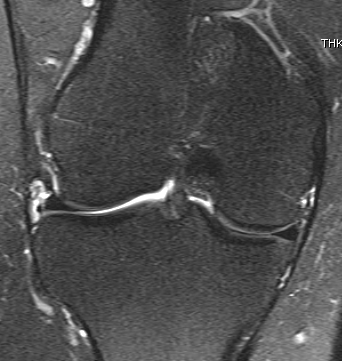
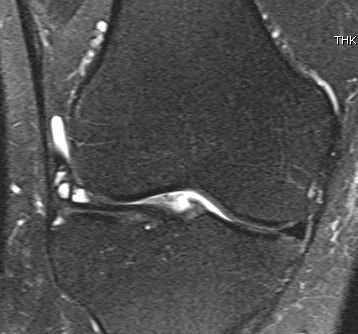
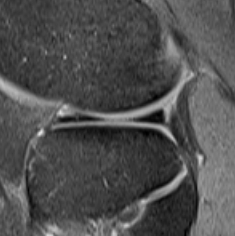
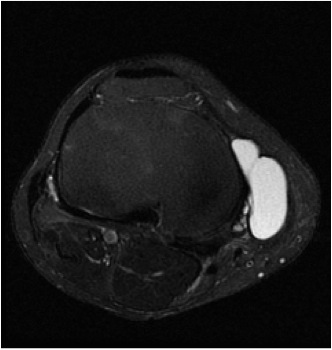
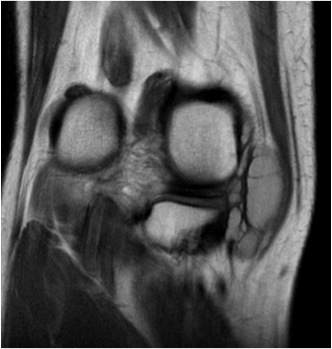
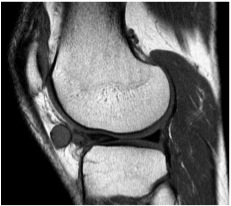
Management
Options
1. Arthroscopic resection of tear
Tear may be difficult to identify
- careful inspection & probing
- often on undersurface of meniscus
- probe passed through tear into cyst
- usually results in decompression of cyst
- defunction flap valve with meniscectomy
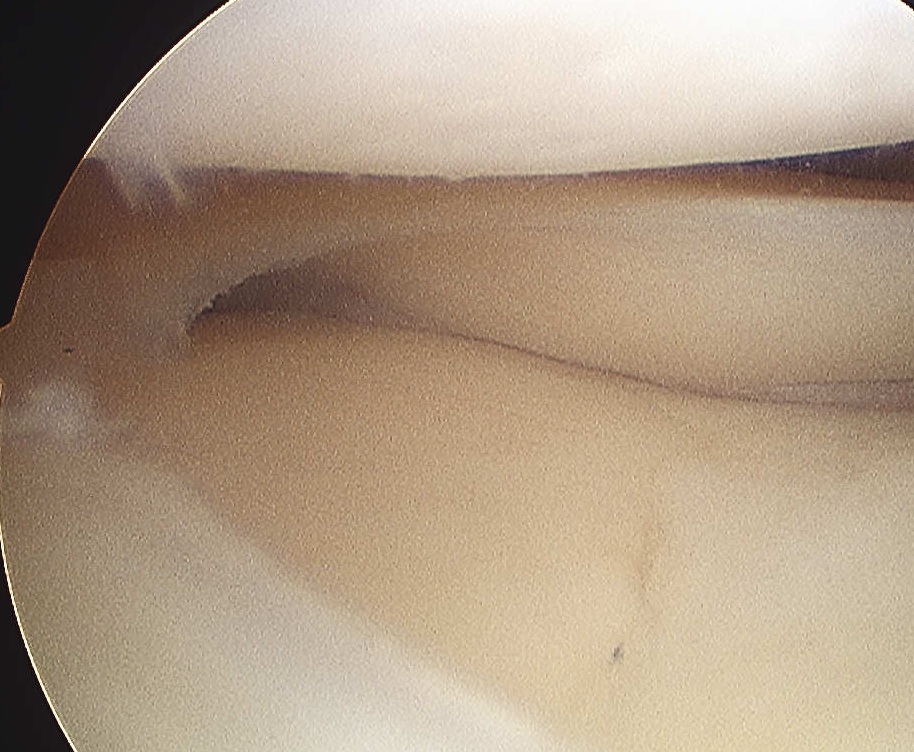
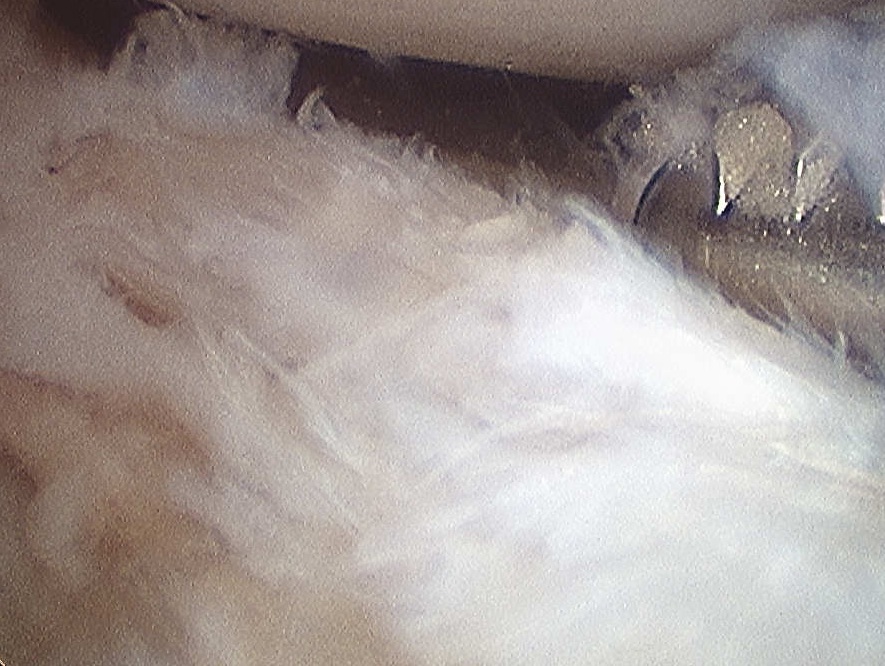
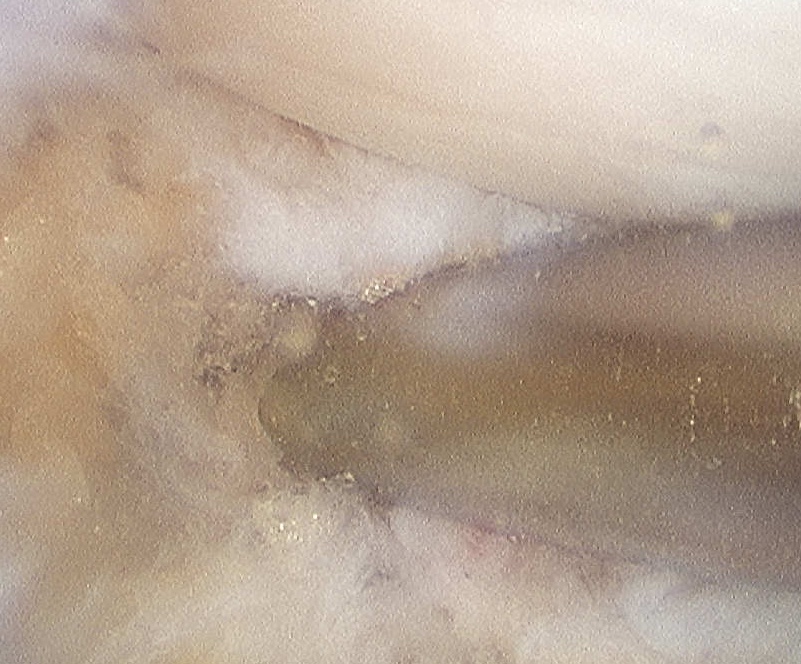
2. Meniscal repair and cyst decompression
Results
Hulet et al Arthroscopy 2004
- incidence of 1.5% in 8000 knee arthroscopies
- 104 partial lateral meniscectomies
- intra-articular debridement in 91 and open cystectomy in 14
- 11 cysts recurred
- good or excellent results in 87%
